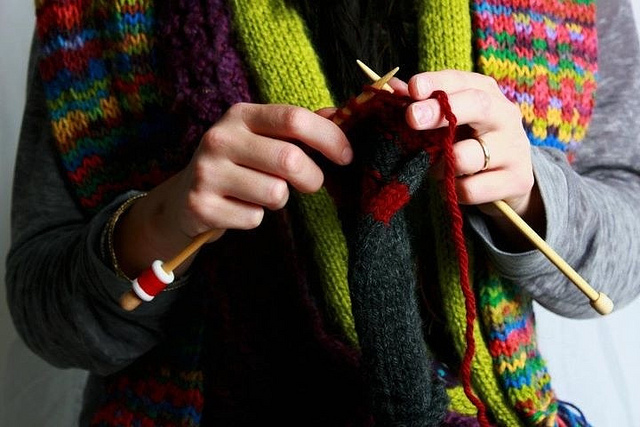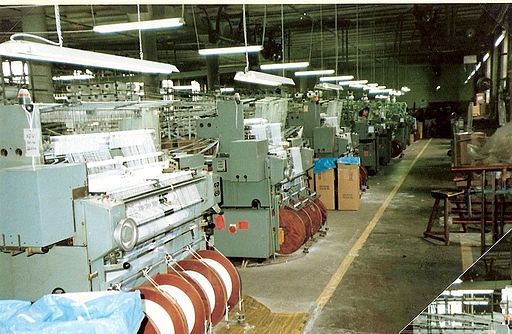
Who would ever have thought about knitting a wall or even a chair?
Would you ever use a knitted table? Not a knitting table, or a table for knitting – A knitted table. That could be the next big thing in flexible building materials.
If you’re like the vast majority of all home owners, home renters, home dwellers, or really anybody who has lived anywhere at all, you have a preconceived notion about what fabrics are for. Fabrics make draperies and upholstery. They cover pillows, dress beds, hang as canopies, and sometimes even serve as rugs.
Fabrics can cover the seat cushions at a table, or cover the table itself. But can they become the table? According to Architect Magazine, Sean Alquist, a recipient of one of AIA’s 2014 Upjohn Research Initiative grants, thinks so.
Responsive Architectural Systems
Responsive architectural systems are just that. They respond to the actions and the needs of the users. This doesn’t mean that a folded sheet will transform into a table if it hears your stomach growl for dinner. Well, at least not entirely.
What it does mean is that with the right material, which is still in the works, the user could unfold and refold the fabric into a table, and then fold it back for storage again later. Or he could make a chair, or maybe a partition, all from the same fabric, of course.

Industrial knitting machines can produce the larger textiles necessary for architectural elements.
How Fabric Morphs Into Architecture
The obvious key to morphable surfaces isn’t just fabric, but the right fabric. Woven materials lack the multi-directional flexibility that’s necessary for a fully flexible material that moves where the users wants it to move. For this project, knitting is a better answer.
Alquist and his team have acquired a used industrial knitting machine, and are currently experimenting with nickel titanium wire and specially made yarns, to manufacture a hybrid fabric. One that has the interlocking nature of knitting plus the loops that allow for a wide range of fabric manipulation with the end product.
Where Flexible Architecture Might Lead
This hybrid textile has one goal, and that’s to be as flexible as possible, which would allow it to take on nearly any form. Need a step stool? Unfold the fabric and rework it the way that you need it. Short on seating? Use your origami skills and make one, then put it back away when you’re finished with it.
The resilience, flexibility, and extension requires no hardware nor any other moving parts aside from the material itself, because the textile bends and flexes where you need it. That reduces the likelihood of failure, according to Alquist.
Knitting as a hobby is at a peak. And without disparaging the skill that it takes to create socks, scarves and mittens, the humble craftsmanship has inspired something much greater. Through the Upjohn research grant, Sean Alquist has set out to change the way that we think about architecture.
It doesn’t have to be a rigid form with a nod toward flexibility for structural integrity. This new material has flexibility built in, and it’s just a matter of time before you can transform your own living space with nothing more than a not-so-humble knitted textile.
PDH Academy exists to keep you on top of the latest developments in architecture, whether they’re new advances in older mediums or something altogether new. When your professional development hours credits are due, check out our courses and learn how simple it is to meet those requirements year after year.
Image credits:
Knitting needles: By Kimdababe, via Creative Commons.
Industrial knitting machines: By Huppertsberg (Own work), via Wikimedia Commons






